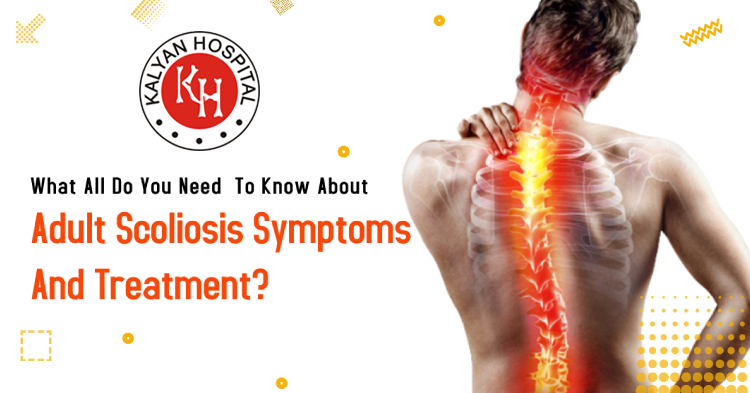[vc_row][vc_column][vc_column_text]What is scoliosis?
Scoliosis is the sideways or lateral spine curvature which is present in one or more than one place. However, this condition is different as compared to kyphosis where the spine has abnormal forward-oriented curvature.
If you are wondering whether you need to get spine surgery to correct the problem then make sure to visit our health expert to make the right choice.
What do you need to know about adult scoliosis?
Scoliosis is common in teenagers and adults. Adults can also experience this issue when the curve progresses in their youth or a newly diagnosed issue might have triggered osteoporosis or spine degeneration.
What is the spine curve in people with scoliosis?
Scoliosis can affect the spine in 3 major sections:
- Cervical spine (neck)
- Lumbar spine (lower back)
- Thoracic spine (chest & upper back region)
What are the adult scoliosis symptoms?
Most adults will experience pain, and it can even have a visible bulge on the back where you have pain. Some of the less common symptoms are:
- Loss of height
- Feeling of fullness even when the stomach is empty
- Feeling of fatigue
Some of the common symptoms are:
- Pain
Adults with scoliosis can have pain that needs medical intervention. Pain can occur due to the spinal nerve compression or the curve can lead to an issue. In some cases, pain can trigger due to muscular fatigue or convex muscles are not able to maintain the postural balance which is not able to function properly.
Due to nerve compression, this is known as spinal stenosis. Stenosis can lead to nerve inflammation or weakness when standing or walking for a long time.
- Bulge or deformity in the back
Most of the time, patients can notice pain in the back, and the bulge can occur due to the rib cage or muscle rotation. The patient is not able to stand upright.
Additional symptoms experienced by some adults with scoliosis
- Loss of height (stature).
- Breath shortness or quick fatigue.
- The premature feeling of stomach fullness (hunger satiety).
How is adult scoliosis diagnosed?
The doctor will diagnose your condition with:
- Doing physical examination
- X-rays low-dose radiation EOS imaging is taken when the patient bends over so that the curve flexibility can be checked.
- X-rays or low-dose radiation EOS images which take the side and front view when the patient is standing so the curve can be measured correctly.
How is scoliosis in adults treated?
Nonsurgical treatments
- Pain medication such as NSAIDs
- Postural training.
- Weight maintenance.
- Physical therapy to boost core muscle strength.
- Activity modification.
Surgical treatments
Surgery can be given to the selected patients which include:
- Non-operative treatment should not be given to respond.
- Not able to stand upright which makes it difficult to do the daily work.
- The curves exceed 50 degrees, and the daily functioning is affected.
[/vc_column_text][/vc_column][/vc_row]



























